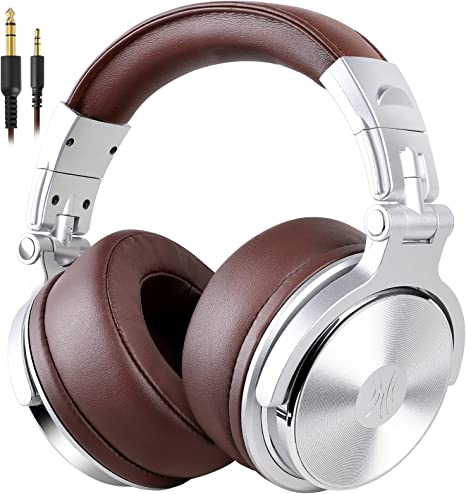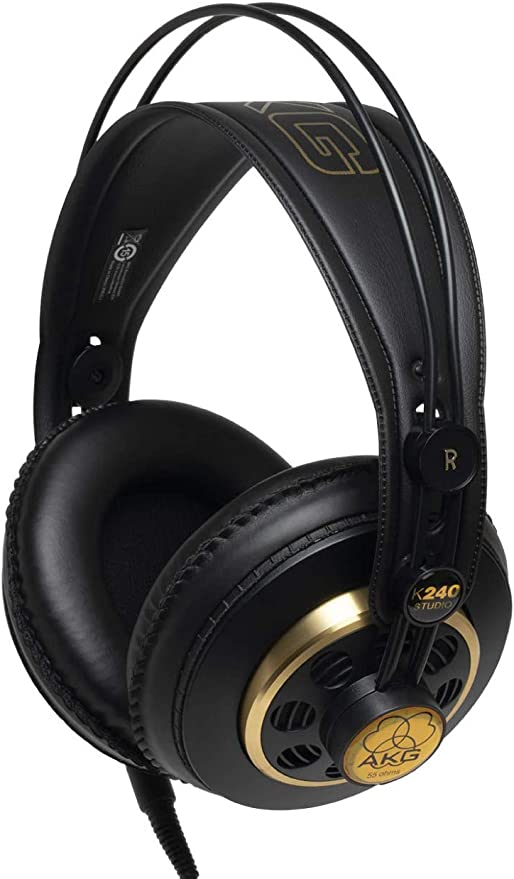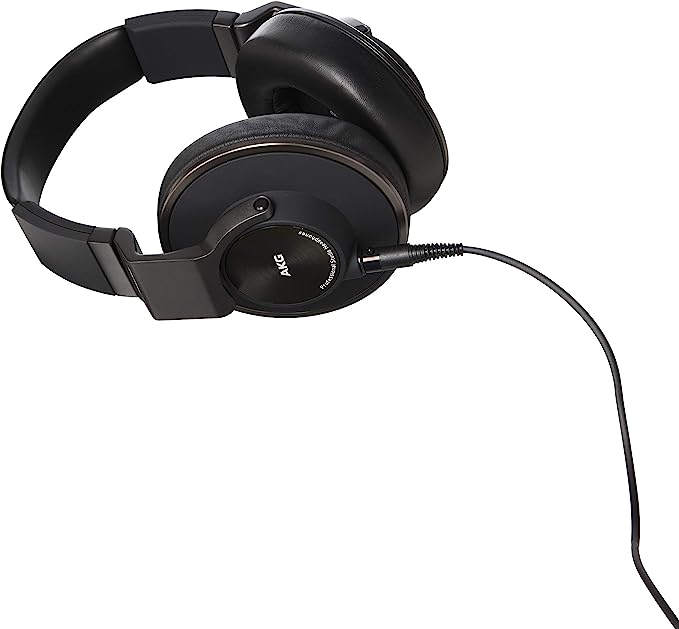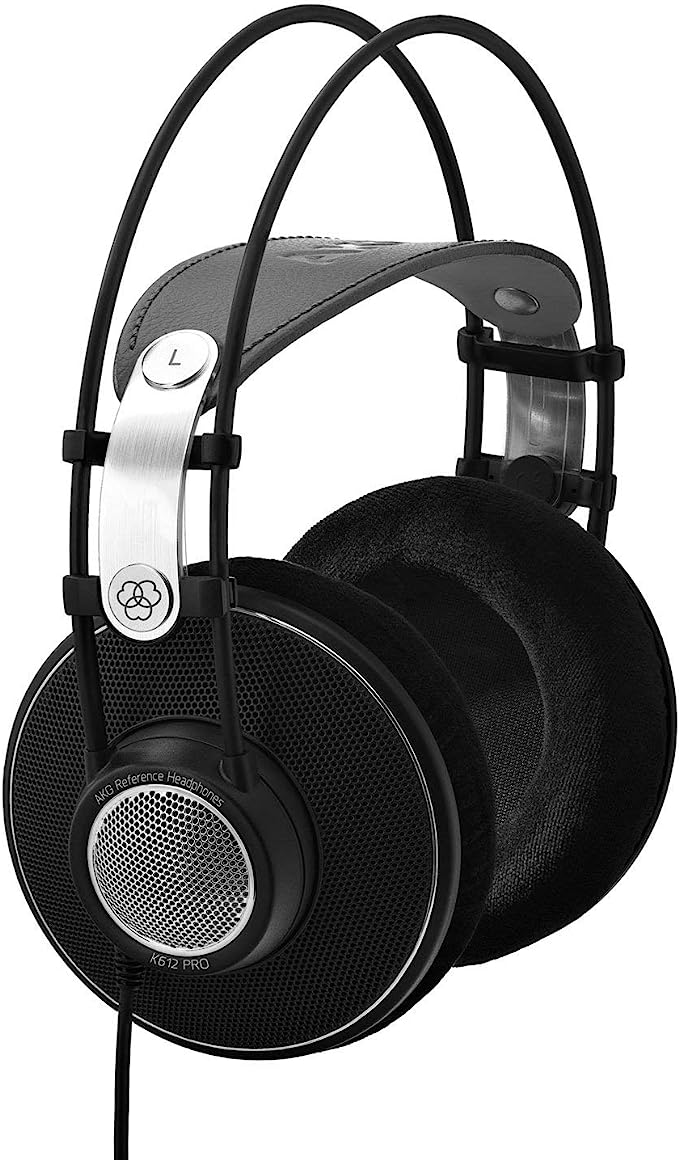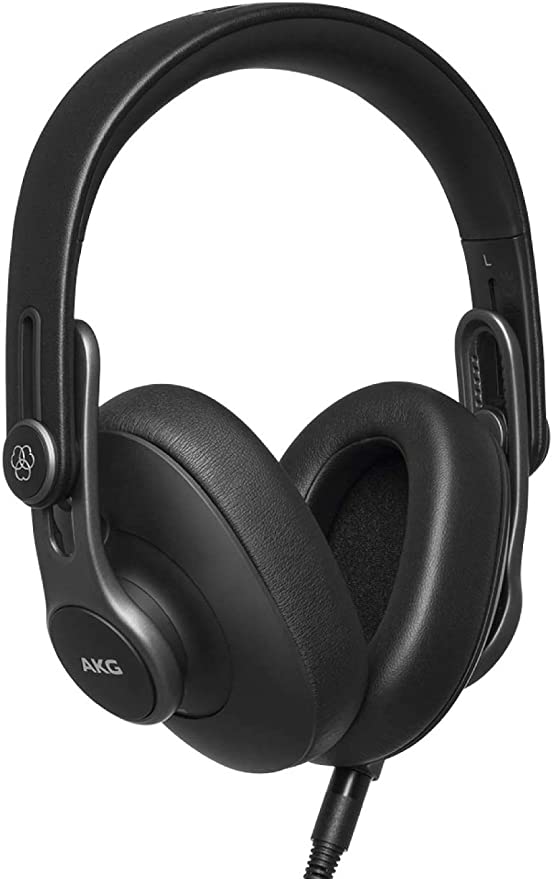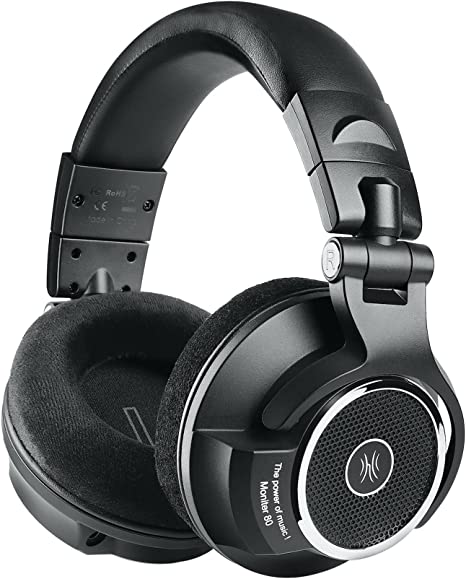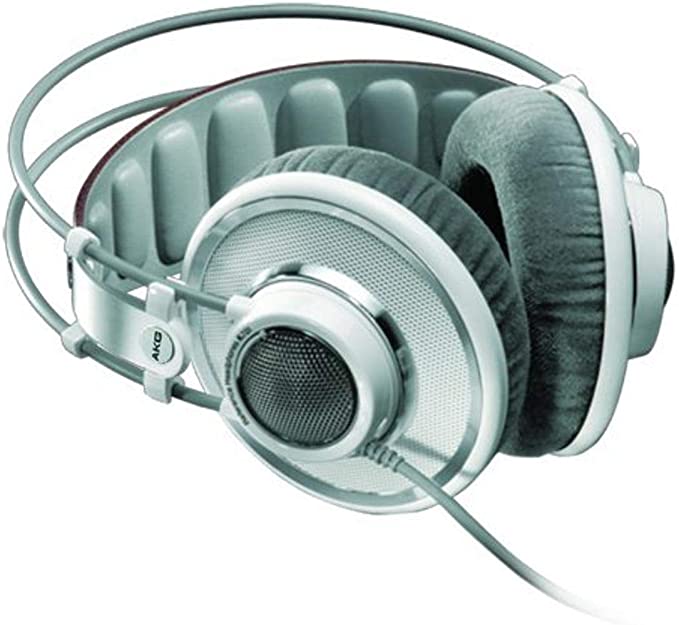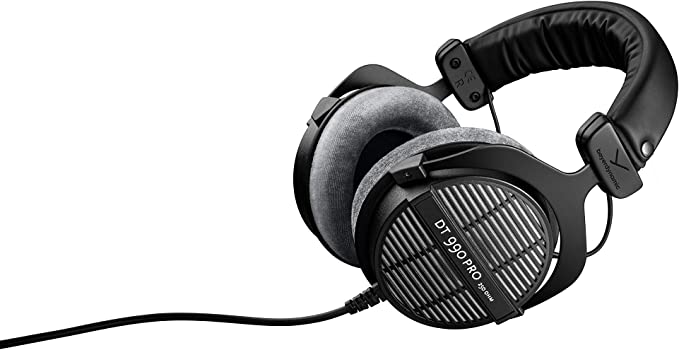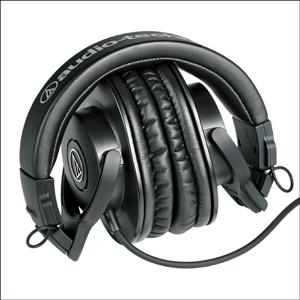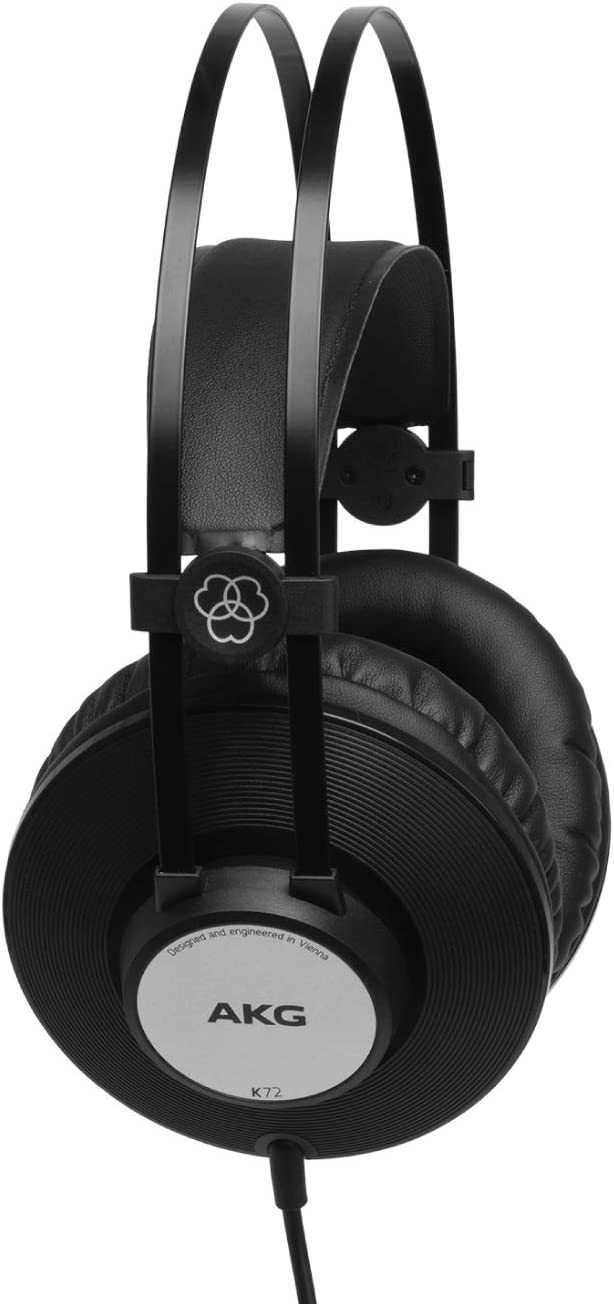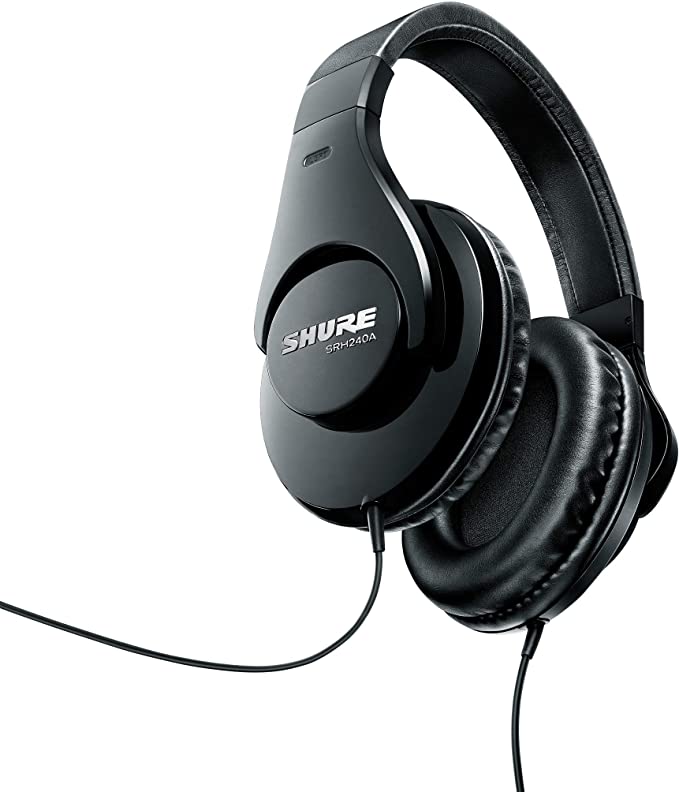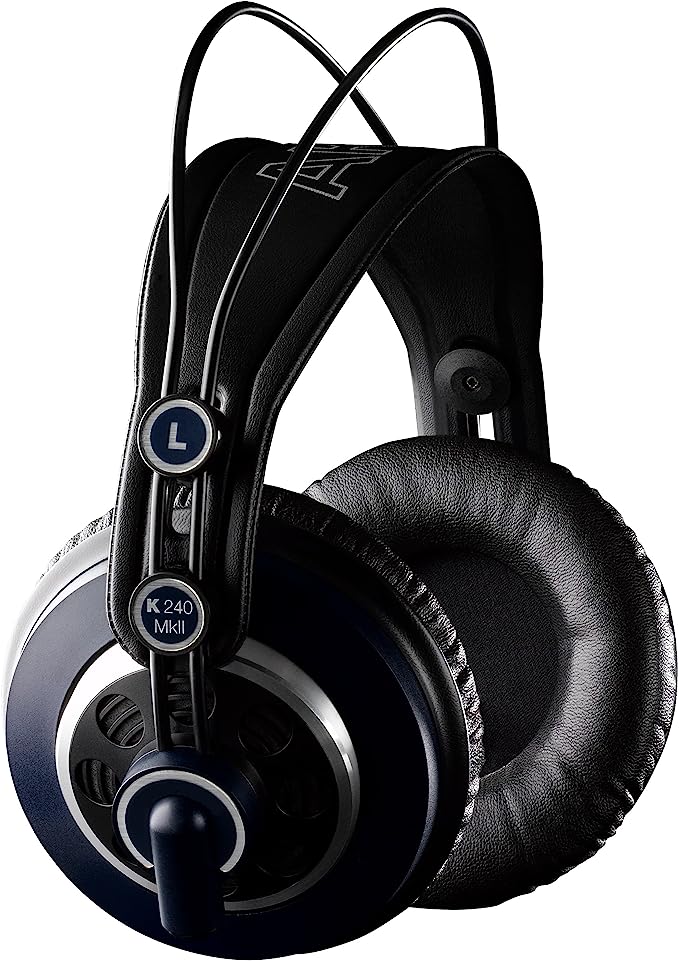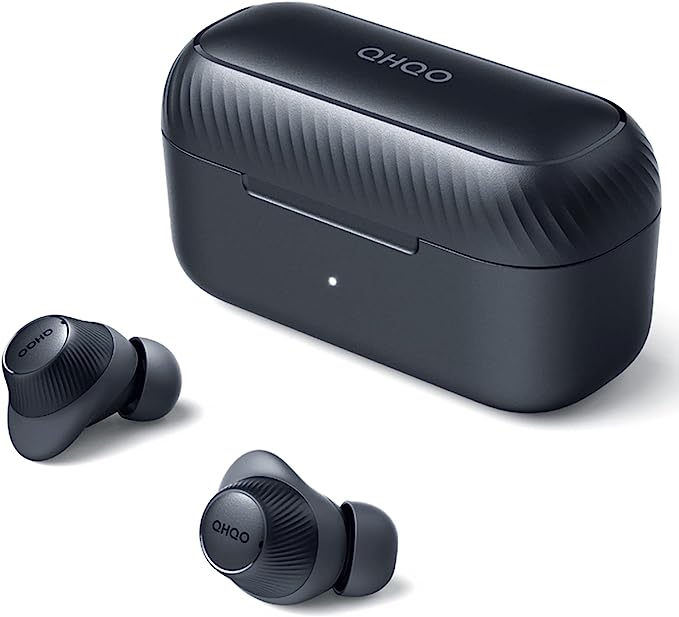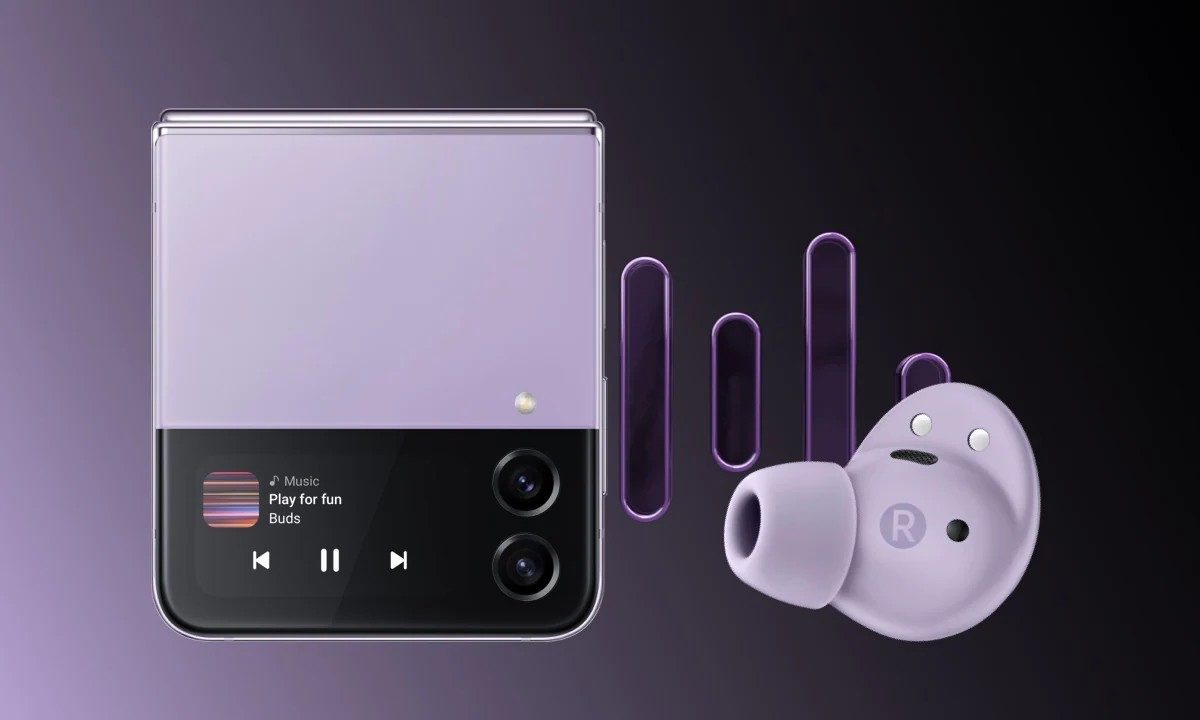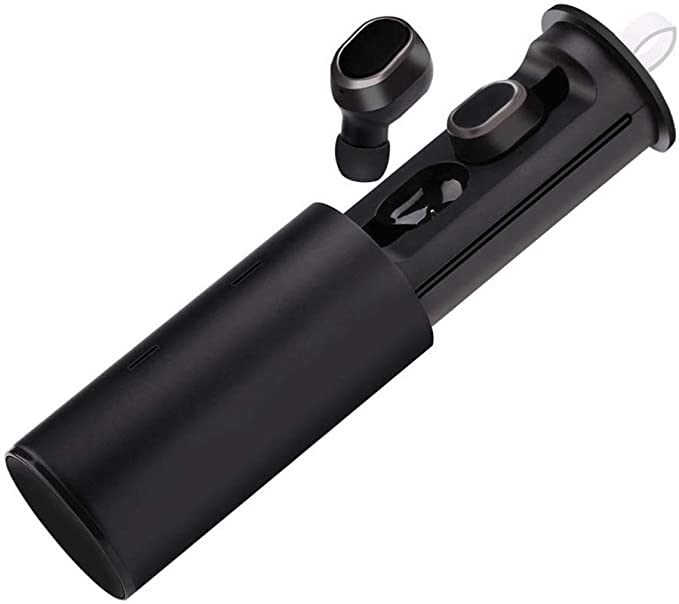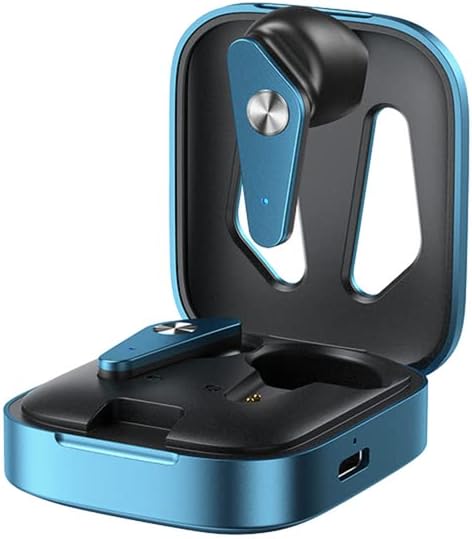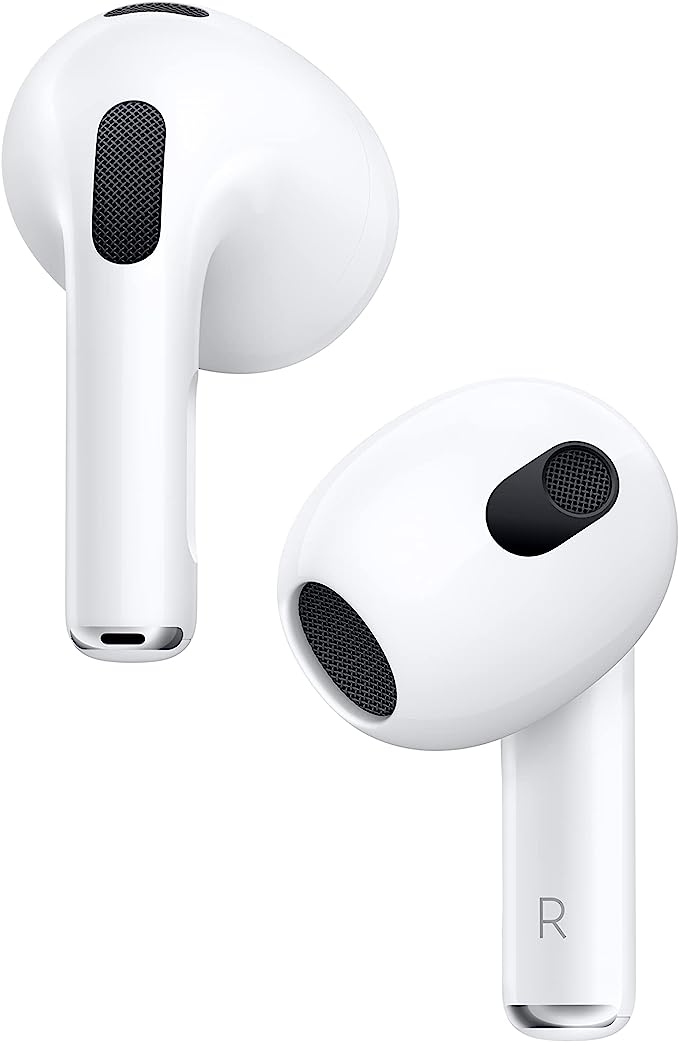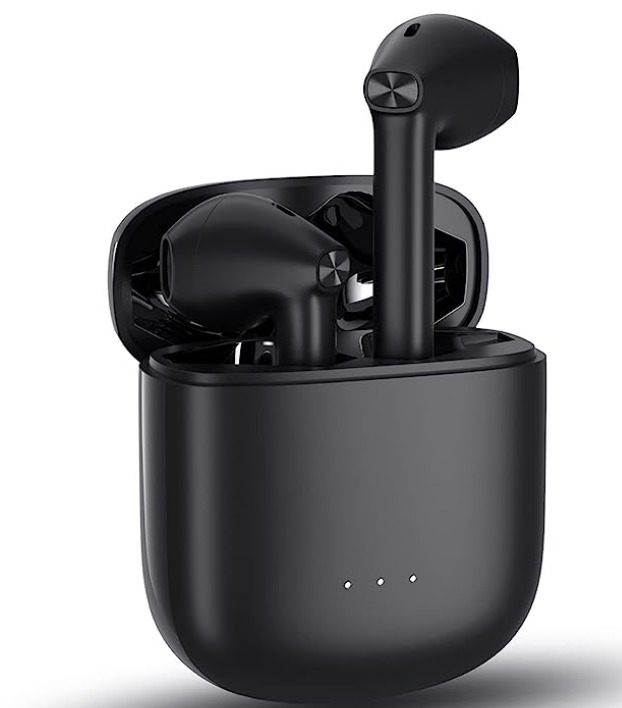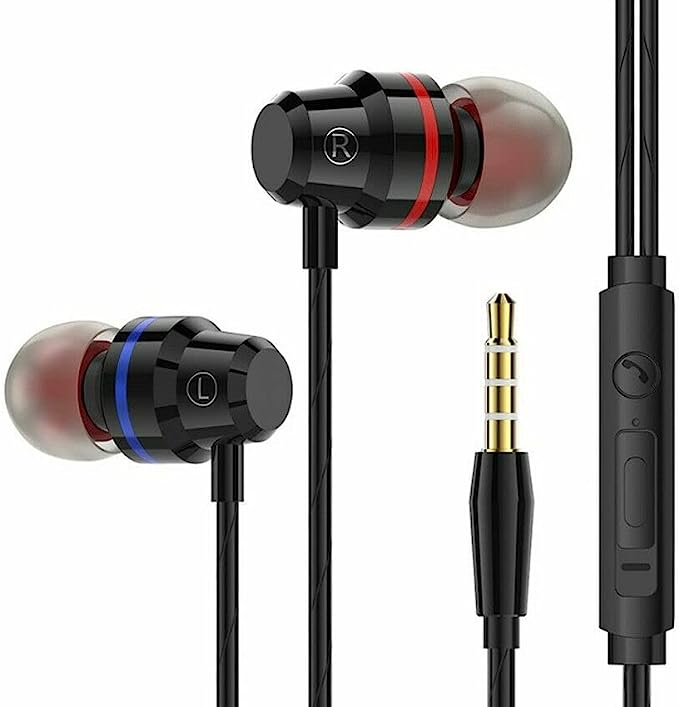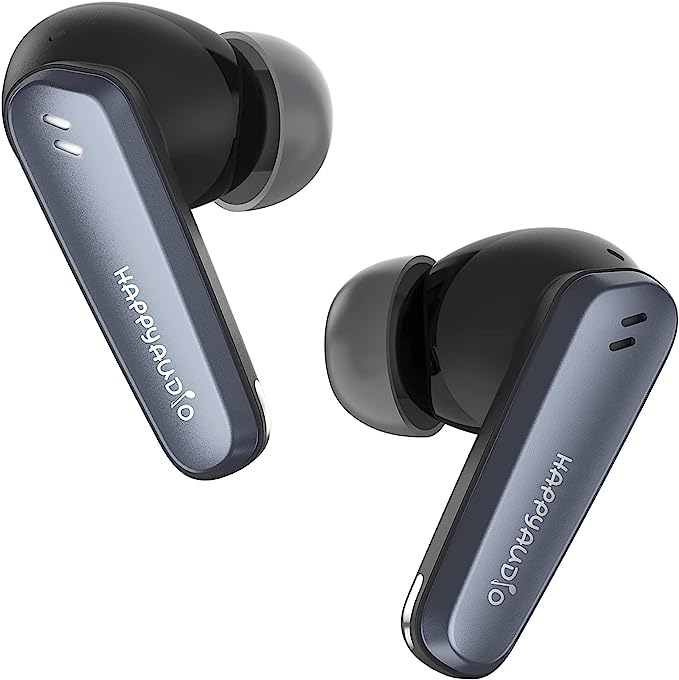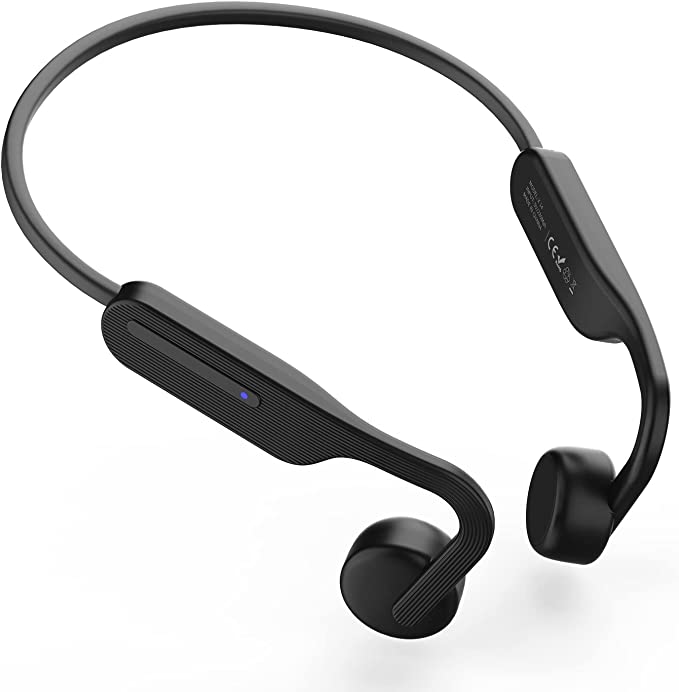What Do 'Pro' Headphone Specs Mean? A Guide to Drivers, Ohms, and Jacks
Update on Oct. 30, 2025, 8:42 a.m.
You’ve seen it before. You’re browsing for a new pair of headphones, and you’re hit with a wall of technical jargon: “50mm Neodymium Drivers,” “32-Ohm Impedance,” “20Hz-40kHz Frequency Response.”
One product, often marketed to DJs and studio producers, might cost $300. Another, like the popular OneOdio Pro-10, claims similar “Pro” features for around $30.
What gives? Is it all just marketing?
As a mentor in the audio space, I can tell you: no, it’s not just marketing. But it’s also not magic. These specifications are the “DNA” of a headphone, and they tell a fascinating story about its purpose, its strengths, and its intended user.
The problem is, nobody bothers to translate it.
So today, that’s our class. We’re going to become smarter listeners and more informed creators. Forget the marketing hype. We’re going to take a pair of headphones that many beginners encounter—the OneOdio Pro-10—and use it as our “textbook” to deconstruct what these “Pro” specs actually mean for you, whether you’re DJing, recording a podcast, or just looking for a better listening experience.
By the end of this guide, you’ll be able to look at any headphone spec sheet and know exactly what it’s trying to tell you.
Chapter 1: The Engine - What is a 50mm Neodymium Driver?
At the heart of every headphone is a driver. This is the engine. It’s a tiny speaker that does one job: it takes an electrical signal and turns it into physical sound waves.
It does this using a simple, elegant principle: a magnet, a coil of wire, and a thin “diaphragm” (a cone). When electricity flows through the coil, it creates a magnetic field that interacts with the permanent magnet, pushing the diaphragm back and forth. This “push” moves the air, and that movement is what your eardrum interprets as sound.
The Pro-10 spec sheet says it has “50mm Neodymium Drivers.” Let’s break that down.
What does “50mm” mean?
This is the diameter of the diaphragm. 50mm is actually quite large for headphones. A larger surface can move more air. Why is that good?
It makes it easier to reproduce low-end frequencies—the bass.
For a DJ trying to beat-match in a loud club, or a producer trying to feel the “thump” of a kick drum, a larger driver that provides a clear and powerful bass response isn’t just a feature; it’s a requirement. This is why you’ll almost always see large drivers (40mm-50mm) advertised on “DJ” and “Studio Monitor” headphones.
What is “Neodymium”?
This is the magic word. This is the “permanent magnet” I mentioned.
Before the 1980s, powerful magnets were made of materials like ferrite. They were heavy, bulky, and relatively weak. Then, scientists developed neodymium magnets (a rare-earth magnet). These were an absolute game-changer.
A neodymium magnet can be tiny and lightweight but have a magnetic field dramatically stronger than its old-school counterparts.
For headphones, this means the driver is far more efficient. It can get very loud, and produce clear, punchy sound, using very little power. This innovation is what made high-quality audio in small packages (like the Walkman, and later, your smartphone) possible.
So, when you see “50mm Neodymium Driver,” you can translate it: “A large speaker (good for bass) powered by a modern, lightweight ‘super-magnet’ (efficient and loud).”

Chapter 2: The Gate - Why 32 Ohms is the Magic Number
Next on the spec sheet: Impedance: 32 Ohms (Ω).
This one sounds scary, but it’s the most important spec for compatibility.
Impedance is simply a measure of electrical resistance. Think of it as a gate. * High-Impedance headphones (say, 250 Ohms) are like a massive, heavy iron gate. * Low-Impedance headphones (32 Ohms) are like a light, swinging garden gate.
To get “sound” (or, to get people through the gate), you need “power” (voltage).
To open that heavy 250-Ohm gate, you need a ton of power. Your smartphone or laptop’s tiny battery doesn’t have a chance. It can’t “push” hard enough. This is why high-impedance headphones require a dedicated headphone amplifier. The reward for all this effort? That heavy gate gives you incredibly fine control. The sound is often (but not always) more detailed and nuanced. This is the world of high-end audio and professional mixing studios.
That 32-Ohm garden gate, however? Your smartphone can push it wide open with almost no effort.
The Sony Walkman, and the entire portable audio revolution, was built on low-impedance headphones. The 32-Ohm standard became the “sweet spot” for portability.
So, why does a “Pro” headphone have this “consumer” 32-Ohm rating? Because the definition of “pro” has changed. The “prosumer” studio isn’t a million-dollar room with a massive mixing console. It’s a laptop, a USB audio interface, a DJ controller, or a podcasting mixer. These devices are all designed to work efficiently with low-impedance headphones.
A low-impedance rating like the Pro-10’s doesn’t mean “bad.” It means “compatible.” It’s designed for the real world.

Chapter 3: The Myth of “Noise Cancelling”
This is a big one. One of the top-searched questions about budget headphones is, “Are they noise cancelling?”
Let’s be perfectly clear. The OneOdio Pro-10 is NOT an Active Noise Cancelling (ANC) headphone.
And frankly, for studio or DJ work, you wouldn’t want it to be. Let me explain.
- Active Noise Cancelling (ANC): This is a technology. It uses tiny microphones on the outside of the earcup to “listen” to the world around you. A computer chip then instantly creates an opposite sound wave (a “phase-inverted” signal) and plays it into your ear. The two waves cancel each other out, and the outside noise “disappears.” This is complex, expensive, and requires a battery. It’s fantastic for airplanes and commutes.
- Sound Isolation (Passive): This is physics. This is what “Over-Ear” and “Closed-Back” headphones like the Pro-10 do. The “soft padded ear cushions” mentioned in the [资料] are designed to create a tight physical seal around your ear. This seal blocks outside sound, just like cupping your hands over your ears does.
For a DJ, you need this passive isolation to hear your “cue” track and block out the massive club speakers. For a podcaster, you need it to monitor your own voice without the microphone picking up the sound from your headphones.
For critical listening, many audio engineers prefer passive isolation because ANC can sometimes color the sound. The “anti-noise” signal isn’t perfect and can subtly affect the music.
So, when you see “Over-Ear,” “Closed-Back,” or “Noise Isolation,” you can translate it to: “Uses a physical seal to block noise. No batteries required.”

Chapter 4: The Sound - “Bass Sound” vs. “Flat Response”
The [资料] for the Pro-10 explicitly says “BASS SOUND.” This is one of the most honest and useful things a manufacturer can tell you.
It’s telling you that this headphone is not “flat.”
- A “Flat Response” (or “Neutral”) headphone is the holy grail for mixing and mastering. The goal is to make the headphones “invisible,” reproducing the audio exactly as it was recorded, with no frequencies boosted or cut. It’s like a perfectly clear, clean window. This can sound “boring” or “thin” to an untrained ear, but it’s essential for making critical decisions.
- A “Bass Sound” (or “V-Shaped”) headphone is like a “window with a filter.” It intentionally boosts the low-end (bass) and the high-end (treble), creating a more “fun,” “powerful,” and “exciting” sound. This is what most consumer headphones do.
Why would a “Pro” headphone have a “Bass Sound”? Because its target “Pro” is a DJ, not a mixing engineer.
When you’re a DJ, you are in a loud, chaotic environment. You need that boosted bass to feel the kick drum and keep your mix in time. A “flat” headphone would sound anemic and useless.
This also explains a niche keyword I saw: "i made an eq curve for oneodio pro 10". That user is a mixing engineer who bought these, found the “Bass Sound” too strong, and created a software filter (an “EQ curve”) to remove the bass boost and make them “flat” for studio work.
This is the key: “Pro” does not mean one thing. You must match the tool to the job. * Job: DJing, gaming, casual listening. “Bass Sound” is good. * Job: Critical mixing, mastering, audio cleanup. “Bass Sound” is bad. You need “Flat Response.”

Chapter 5: The Connection - A Tale of Two Jacks (and a Clever Trick)
Finally, let’s talk about the cable. The Pro-10’s design has a fascinating and practical solution to a problem that has plagued “prosumers” for decades.
You have two main audio jacks in the world:
- The 3.5mm (“mini”) Jack: This is the “Walkman” plug. It’s on your phone, your laptop, your game controller. It is the standard for consumer electronics.
- The 6.35mm (1/4”) Jack: This is the “Studio” plug. It’s on guitar amplifiers, audio interfaces, DJ mixers, and high-end stereos (like a record player). It’s big, durable, and locks in tight.
For 40 years, the “solution” was a clumsy 3.5mm plug with a big, screw-on 6.35mm adapter that you would inevitably lose.

Headphones like the OneOdio Pro-10 use a more intelligent, modern design: they build both ports into the headphones. The left earcup has a 6.35mm port, and the right earcup has a 3.5mm port.
This is brilliant. It means:
* You get a “coiled DJ cable” that goes from 6.35mm (for your mixer) to 3.5mm (for the headphone).
* You also get a straight cable with a microphone (answering that headset mic query) that is 3.5mm to 3.5mm (for your laptop or phone).
You just pick the cable that matches your source and plug it in.

But here’s the really clever part, which the [资料] calls “SharePort.” Because both ports are “live,” you can plug your cable into the right earcup… and then your friend can plug their headphones into the empty 6.35mm port on the left earcup.
You are now “daisy-chaining” the audio.
This isn’t a gimmick. It’s a simple, physical solution to a real-world problem. A producer and a vocalist can both listen from the same laptop. A DJ can “hand off” the mix to the next DJ by letting them plug into their headphones first.
It’s a “pro” feature that costs almost nothing to implement but shows a deep understanding of the modern creator’s workflow.

Conclusion: From “Specs” to “Sound”
So, let’s go back to our original question. What does “Pro” mean?
As we’ve learned from our “textbook” (the OneOdio Pro-10), “Pro” doesn’t mean “expensive.” It means “designed for a purpose.”
- 50mm Neodymium Driver: Purpose-built for loud, efficient, bass-forward sound. (Great for DJs).
- 32-Ohm Impedance: Purpose-built for compatibility with all devices, from laptops to mixers. (Great for “Prosumers”).
- “Bass Sound” (V-Shape): Purpose-built for “fun” and energetic monitoring. (Great for DJing and gaming, bad for mixing).
- Passive Sound Isolation: Purpose-built for focus by physically blocking noise. (Great for studio tracking and DJ booths).
- Dual 3.5mm/6.35mm Ports: Purpose-built for flexibility, solving the adapter problem for good. (Great for everyone).
Today, you’ve learned to read the “DNA” of a headphone. You are no longer just a consumer looking at a price tag; you are an informed creator who understands the story behind the specs. And that is the first step to finding the perfect tool for your craft.

